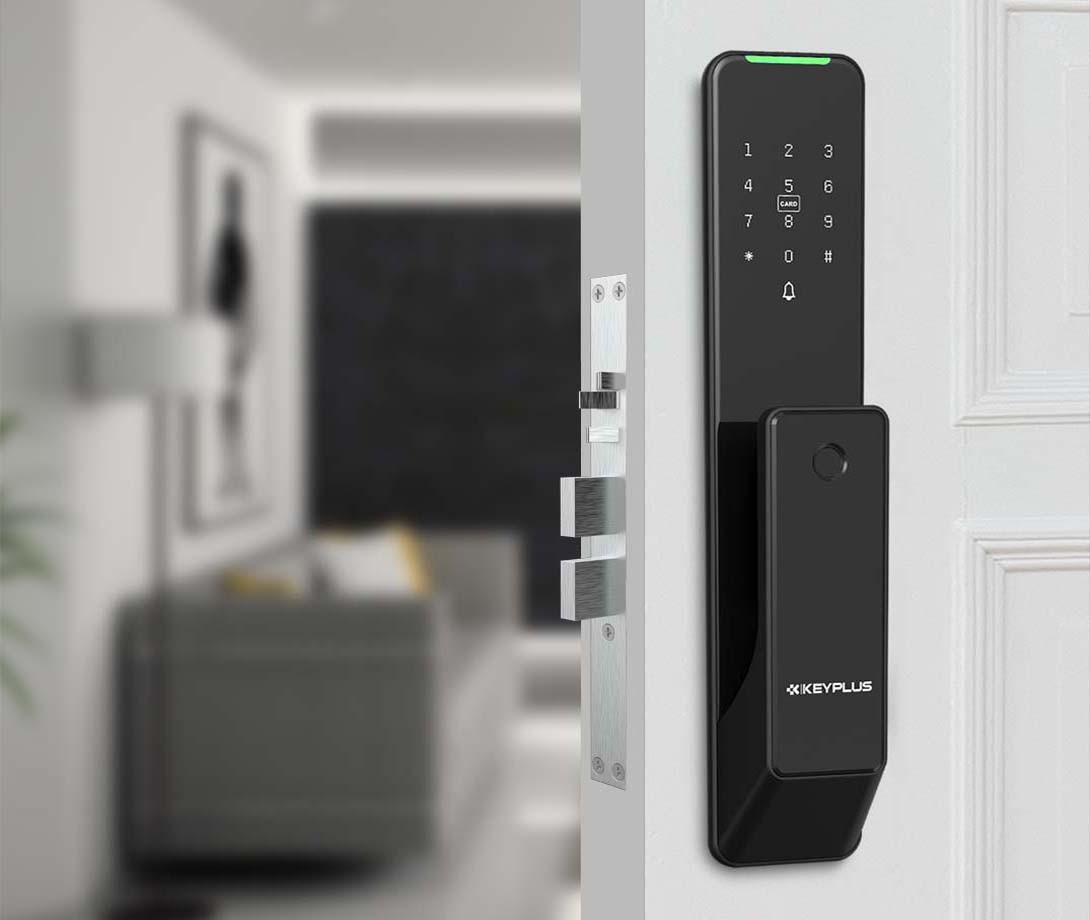Do Smart Doorbells Require Wiring?
If you’re tired of missing deliveries or squinting through a peephole, a smart doorbell might be your next upgrade. But before you start drilling holes or hiring an electrician, you need to answer one critical question: Do smart doorbells require wiring? The short answer is: Some do, some don’t. Let’s break down the options, pros, and pitfalls to help you pick the perfect fit for your lifestyle.
1. Wired vs. Wireless: What’s the Difference?
Smart doorbells fall into two main categories: hardwired and battery-powered. Your choice depends on your home’s existing setup, budget, and how much effort you’re willing to invest in installation.
Wired Smart Doorbells
- How They Work: These connect directly to your home’s existing doorbell wiring (typically low-voltage, around 16–24V). They draw power from the same circuit that powers your traditional chime.
- Key Features:
- Continuous power (no battery changes).
- Often support advanced features like 24/7 video recording.
- May require a compatible chime or transformer upgrade.
Wireless/Battery-Powered Smart Doorbells
- How They Work: These run on rechargeable or replaceable batteries (e.g., lithium-ion packs) and connect via Wi-Fi or other wireless protocols like Zigbee or Matter.
- Key Features:
- No wiring needed—ideal for renters or homes without existing doorbell wiring.
- Portable and easy to install (often DIY-friendly).
- May require frequent charging (every 1–6 months, depending on usage).
2. Installation: What to Expect
Wired Installation
- Check Compatibility: Ensure your home’s wiring provides 16–24V. Older homes may need a transformer upgrade.
- Turn Off Power: Safety first! Shut off power at the breaker.
- Mount and Connect: Replace your old doorbell with the smart unit, connecting wires to terminals.
- Set Up Chime: Some models require linking to a digital chime or hub.
Wireless Installation
- Charge the Battery: Full charge takes 4–8 hours for most models.
- Mount with Adhesive or Screws: Use included brackets—no drilling required for adhesive mounts (perfect for apartments!).
- Sync with Wi-Fi: Connect to your home network via an app.
Watch Out: Extreme temperatures can drain batteries faster. Opt for models with weatherproof ratings.
3. Key Considerations for American Homeowners
Power Reliability
- Wired: No battery anxiety, but power outages disable the doorbell unless paired with a backup battery.
- Wireless: Battery life varies—busy households (e.g., frequent deliveries) may need monthly charging. Some models offer solar charging accessories6.
Feature Trade-Offs
- Video Quality: Wired models often support higher resolution (e.g., 1080p vs. 720p) and continuous recording.
- Smart Integrations: Wireless doorbells may lack advanced integrations due to power constraints.
Security and Compliance
- Wired: Must comply with electrical codes (e.g., NFPA 72 for fire alarm integration in multifamily buildings).
- Wireless: Ensure devices meet FCC regulations for radio frequency.
4. Hidden Costs and Drawbacks
Wired Doorbells
- Transformer Upgrades: Older homes may need a
20–50 transformer1.
- Professional Installation: Hiring an electrician costs
100–250 on average.
Wireless Doorbells
- Subscription Fees: Cloud storage runs
3–10/month.
- Battery Replacements: Lithium packs cost
20–50 every 2–3 years.
5. The Future: Wireless Tech Advancements
Newer models are bridging the gap between wired and wireless:
- Solar-Powered Options: Brands like Reolink offer panels to extend battery life.
- Matter Protocol Support: Devices like Aqara’s sensors now use Matter-over-Thread for faster, more reliable connections without hubs.
- Low-Power Chips: Zigbee 3.0 and Z-Wave Long Range reduce energy consumption6.
6. Final Verdict: Which Should You Buy
Choose Wired If…
- You want 24/7 monitoring and live view.
- Your home has existing doorbell wiring.
- You’re okay with minor electrical work.
Choose Wireless If…
- You’re renting or hate drilling holes.
- You prioritize easy DIY installation.
- You don’t mind charging every few months.
Pro Tips for Hassle-Free Use
- Weatherproofing: Ensure your doorbell has an IP rating (e.g., IP65) to withstand rain or snow.
- Wi-Fi Strength: Use a mesh network extender if your doorbell is far from the router.
- Theft Protection: Opt for models with anti-theft brackets (e.g., Ring’s security screws).
The Bottom Line
Smart doorbells are no longer a luxury—they’re a practical upgrade for security and convenience. While wired models offer reliability, wireless options have become increasingly sophisticated, with longer battery life and better integration. For most Americans, battery-powered doorbells strike the perfect balance between ease and functionality, especially in newer smart home ecosystems like Matter.
Just remember: No doorbell is 100% maintenance-free. Pair your choice with motion lights or a security camera for full peace of mind. Now, go answer that door—even if you’re not home!
Post time: Apr-28-2025


